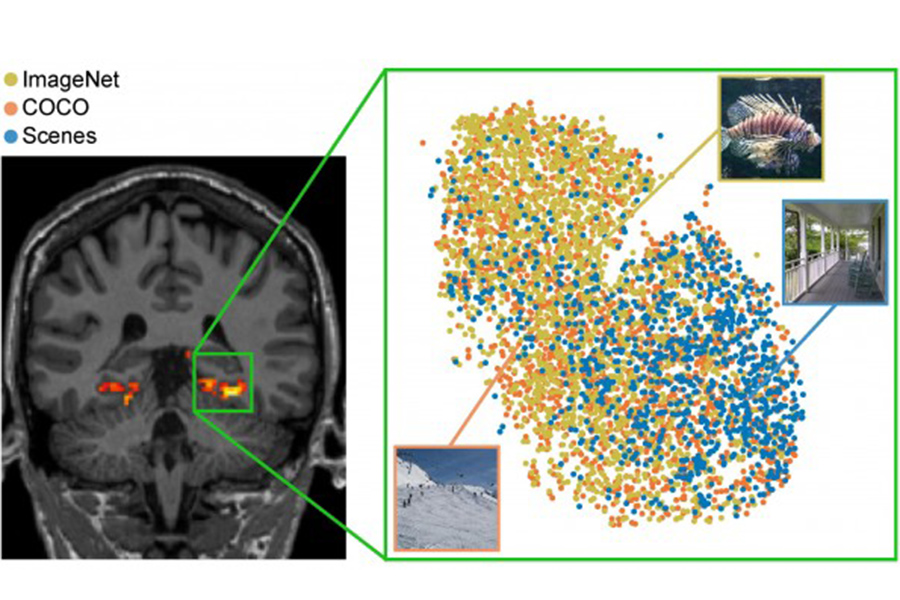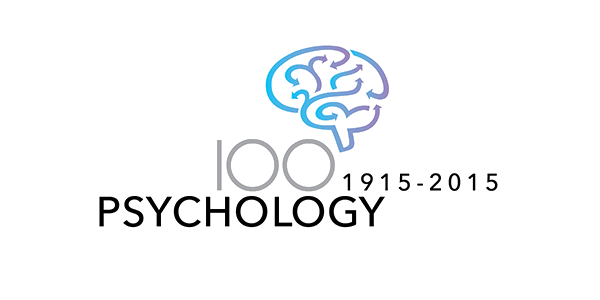
Dataset Bridges Human Vision and Machine Learning
Neuroscience, computer vision collaborate to better understand visual information processing
By Byron Spice
Neuroscientists and computer vision scientists say a new dataset of unprecedented size — comprising brain scans of four volunteers who each viewed 5,000 images — will help researchers better understand how the brain processes images.
Researchers at Carnegie Mellon University and Fordham University, reporting today in the journal Scientific Data, said acquiring functional magnetic resonance imaging (fMRI) scans at this scale presented unique challenges.
Each volunteer participated in 20 or more hours of MRI scanning, challenging both their perseverance and the experimenters' ability to coordinate across scanning sessions. The extreme design decision to run the same individuals over so many sessions was necessary for disentangling the neural responses associated with individual images.
The resulting dataset, dubbed BOLD5000, allows cognitive neuroscientists to better leverage the deep learning models that have dramatically improved artificial vision systems. Originally inspired by the architecture of the human visual system, deep learning may be further improved by pursuing new insights into how human vision works and by having studies of human vision better reflect modern computer vision methods. To that end, BOLD5000 measured neural activity arising from viewing images taken from two popular computer vision datasets: ImageNet and COCO.
